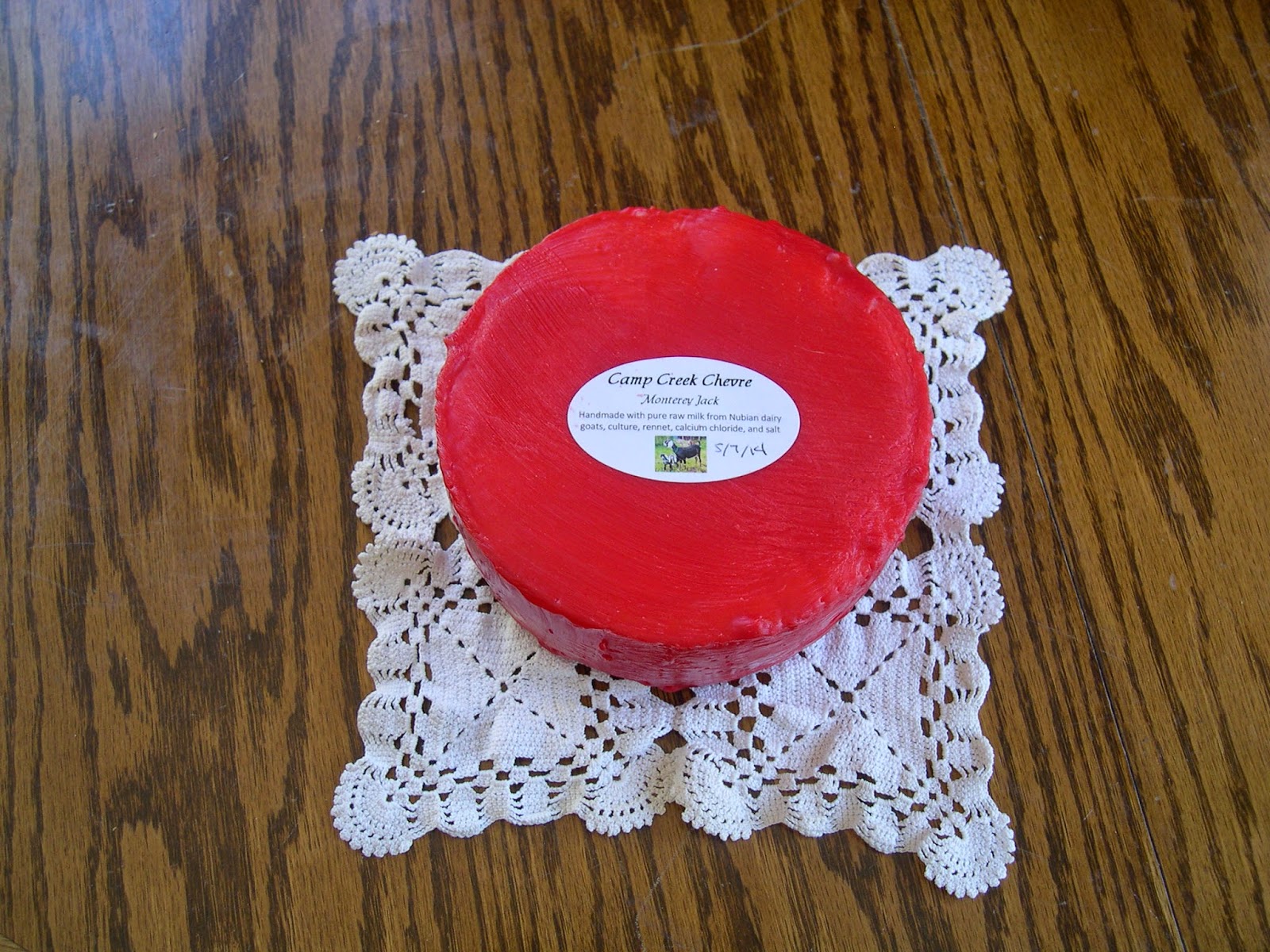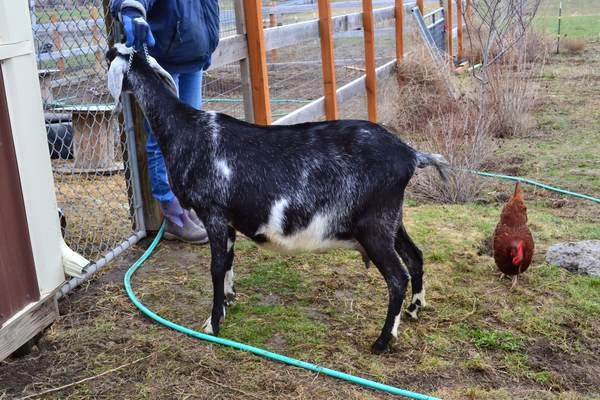Some of you may recall that I wrote several posts regarding
Tilikum, the subject of this documentary, back in March 2010 (“the Tragedy of
Captive Killer Whales,” “Addendum,” and “In Fairness, My Last Word”). Before
reading this post, it would be good to review what I have already written, if
you can. Well, I finally watched Blackfish
yesterday (February 22, 2014), which I originally recorded on October 24,
2013—a delay of nearly four months—because I knew it would be disturbing.
Blackfish,
directed by Gabriela Cowperthwaite, made its debut at the 2013 Sundance Film
Festival on January 19, 2013 and was picked up by Magnolia Pictures and CNN
Films for wider distribution. It specifically focuses on the life of Tilikum, a
captive Orca whale owned by SeaWorld Entertainment, and the lives of captive
killer whales in general. Former SeaWorld trainer Bridgette Pirtle maintains
that the film is “a complete 180 of how it was represented;”[i]
and Mark Simmons, one of Tilikum’s first SeaWorld trainers, charges that few of
his comments were used because they did not support the director’s agenda in
the film (Mr. Simmons’ interview is quoted a number of times). Not
surprisingly, SeaWorld itself refused to take part in the film’s production and
states the view it presents is “inaccurate.” The film has had a sizable impact.
Considering that following its release a number of bands and recording artists
cancelled their contracts to perform at “Bands, Brew and BBQ” at SeaWorld
Orlando or Busch Gardens Tampa in 2014, and the sale of tickets is down (an
estimated $15.9 million dollar loss), I’m sure SeaWorld is not happy about it.[ii]
In addition to that, CNN conducted an online poll (aired with the film I
recorded) which stated that 61% of the respondents would not take their
children to see a SeaWorld show. We all know information can be manipulated to
agree with one’s own agenda, but I would challenge you to watch the film and
draw your own conclusions. It is available through Netflix.[iii]
The ethical treatment of animals is a subject rife with
controversy, not the least because our daily lives revolve around them. Whether
they be beloved pets or companions, members of species we rely upon for food,
or creatures we only see on occasion to entertain us, such a subject would have
never come up many years ago. While we may or may not agree with the subject of
animal rights or PETA (People for the Ethical Treatment of Animals), it’s
something we should give serious thought. DO animals have intrinsic rights, or
should we only be concerned about their welfare?
From what I’ve been able to discover, it appears to hinge on
the status of animals in our society, their intelligence, and whether or not we
believe they have souls. Some would argue that speciesism is as much a
prejudice as any other. In the past, when it was debatable whether all human
beings (such as slaves) had souls or were even human, animals were not
considered to have them. It was only important if you, or grandmama, might be
reincarnated as one—then it mattered!
Our present world (or at least, parts of it) regards animals differently.
Nowadays, many people don’t have children, but they do have pets, so the pets
become surrogate children. It is not at all unusual for some people to spend
more money on their dogs or cats than other people are able to spend on their
kids. The pets are referred to and even thought of as children and imbued with
anthropomorphic human attributes—which the animal doesn’t actually possess, of
course.
Pet animals are a relatively new phenomenon in society. In
the not-so-distant past, all animals had jobs to perform, whether it was
providing food, guarding the premises, carrying or pulling burdens, eliminating
vermin, herding, or hunting. Scarcely any animals were kept for companionship
alone, and then only the rich could afford them. When an animal could no longer
perform its job, its owner had little choice but to get rid of it. People
couldn’t as a rule afford to keep animals that were unable to pull their own
weight. Dead livestock were eaten, unless it was unhealthy to do so. That’s not
to say that people didn’t care about their animals. They certainly did! Life
was more utilitarian. People didn’t have the luxury to keep animals unless they
had a practical use for them.
As a horse lover, I’m well aware of the movement to improve
the plight of animals. Most of you are familiar with the book Black Beauty? Published in 1877 and
written by Anna Sewell, it is one of the best-selling novels of all time, plus
it is considered the most influential anti-cruelty novel ever written. It has
been compared to Uncle Tom’s Cabin by
Harriet Beecher Stowe, and it is noteworthy that one million copies of it were
in circulation in America two years after it was published. Presented as a
history and written in the first-person, it puts Beauty on the same level as
those he serves and so allows people to empathize with him. Its publication
resulted in a number of improvements in the everyday lives of horses in the
Victorian Era, including outlawing use of the check rein. For those of you
unfamiliar with carriage horses, a check rein forces a horse to hold its head
in a high, painfully exaggerated position and it eventually damages the
musculature of the neck.
I cannot speak for people who live in other countries, but
those of us who live in the United States seem to be reasonably aware of the
conditions endured by our animal neighbors and friends. For example, many of us
now routinely adopt animals from the local animal shelter, rather than buying a
new purebred kitten or puppy, and we just as routinely neuter or spay them.
Why, it is even possible to buy medical insurance for animals now! Another
movement afoot right now is improving the lot of livestock used for food, most
notably chickens. One can easily find labels on eggs and fryer chickens at the supermarket
extolling the fact that the birds involved lived in healthful conditions (humane,
cage-free), free-range) and were not fed
objectionable food (no antibiotics, dyes, bone meal, etc.). While one can
certainly still buy cheap eggs produced by de-beaked hens crammed three to a
cage, the organic, cage-free, humanely-produced eggs seem to sell quite well,
despite being oftentimes two or three times more expensive. Organic, free-range
fryers can cost twice as much as regular ones. Presumably healthier animals
produce better food for us to eat, so it’s in our enlightened self-interest, if
nothing else, to see that our livestock is well cared for.
We are also learning that many of the animals we rub elbows
with are really smarter than we’ve historically believed they were. An article
in the current Scientific American
magazine (February 2014, “Brainy Bird,” by Carolynn L. Smith and Sarah L.
Zielinski, pp. 60-65) recounts findings in a study of chickens, which shows
they are capable of being deceitful and can communicate with each other. The
film Blackfish shows an interview
with Lori Marino, a neuroscientist,
who states that in MRI examinations done on orca brains, it was discovered that
they have an entire section of brain tissue that other mammals do not have, including
humans. She states it appears to be shared with other cetaceans, such as other
whales and dolphins, and is devoted to emotional development and social
interaction. If this is true, and cetaceans are more highly evolved socially
than we are, can we justify tearing their family structures apart? We know, for
instance that orca family groups stay together, the children living with their
mothers their entire lives.
In 2011 PETA brought a lawsuit against SeaWorld alleging
that keeping orca whales in captivity for entertainment purposes violated the
13th Amendment (slavery). SeaWorld maintains that their orcas
perform, “because they want to,” but at the same time, they are deprived of
food if they don’t. What about other animals, such as livestock? In 2012 US
District Judge Jeffrey Miller dismissed the case when it came before him, but I
have to say that SLAVERY was what kept echoing through my mind while watching Blackfish. The only way you could
reasonably say it was not is to regard only human beings as capable of enslavement.
What would be the ramifications if the judge had ruled in favor of the whales?
Considering the far-reaching impact of such legislation as Title 9 and EMTALA,
I shudder to consider the consequences—and that, I believe is why the judge
dismissed it. He couldn’t allow the case to be heard, because it was a real
bucket of worms!
Regardless of where you land in the animal rights vs. animal
welfare debate, the orca performances at SeaWorld and elsewhere come down to
making a great deal of money from them. If the money were not there, would they
still be in business? Would they keep them for research purposes if they never
made a dime? I think not. As much as I wanted to see Keiko when he was at the aquarium
in Newport, Oregon, I could never justify his capture and captivity as worth
what it cost, and it was millions before the end. And after he was returned to
an ocean pen off the Norwegian coast, and we realized he would never learn to
hunt again so he could feed himself, did we continue to care for him? No. He
was turned loose to eventually starve to death lonely and alone, abandoned by
his human taskmasters. If I want to see whales in the future (and it’s on my
bucket list), I will rent a boat and watch them in the wild, thank you—like the
former SeaWorld orca trainers at the end of the film.
[iii] In addition, you may be interested in
another documentary, Lolita: Slave to
Entertainment (which can be viewed online, see link at the end of this footnote--it
does not appear to be available through Netflix), which documents the fate of
Lolita, a captive orca in residence at Miami, Florida’s Seaquarium. NOAA
(National Oceanic and Atmospheric Administration) has petitioned Congress to
include her as part of the endangered Puget Sound L-pod, regardless of her
status as a captive animal, and to consider action to return her to her
original wild environment. You should also be aware that the filmed capture
sequence detailed by Mr. John Crowe in Blackfish
was the one resulting in Lolita’s capture. 11 whales were captured and five died
that day (four of them juveniles who were captured—nearly one third of the
captured animals!) as a result of this escapade. The dead whales eventually
washed up on the beach in Washington State, causing a great deal of upset, and
resulting in the eventual outlawing of the practice of capturing wild whales in
the Pacific. That is when the shift to capture them off Iceland came about. Lolita
is the only one of that group who still survives at this time. http://www.miamiseaprison.com/lolita.htm




















